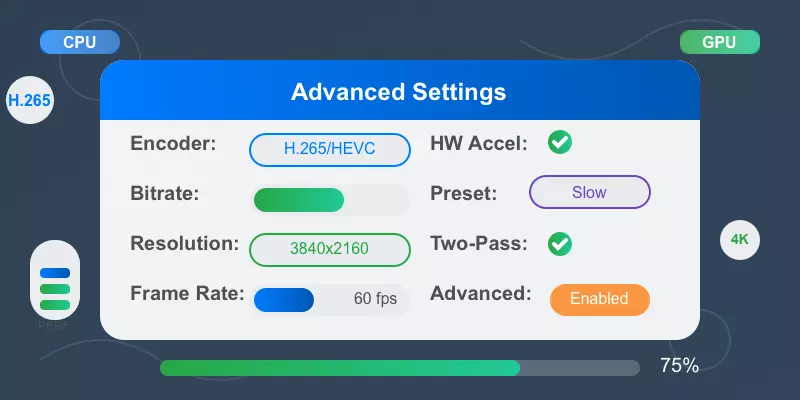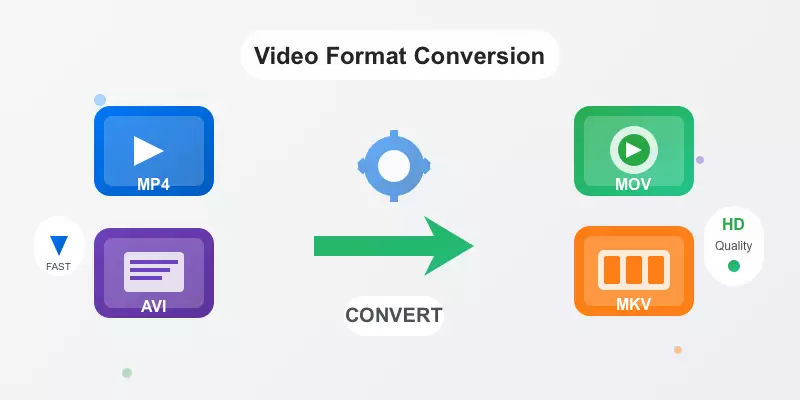H.264 (AVC) Codec
Articles, resources, and tutorials about the H.264 (AVC) video codec, one of the most widely used compression standards for digital video content.
Articles Tagged with "H.264"
Understanding Video Codecs: H.264 vs. H.265 vs. AV1
Compare the most popular video codecs including H.264, H.265, and AV1. Learn about their compression efficiency, compatibility, and best use cases for different scenarios.
Read MoreAdvanced Video Conversion Techniques
Master professional video conversion settings, codecs, and optimization techniques for superior results. Learn about hardware acceleration and H.264 encoding best practices.
Read MoreHow to Convert Videos to Different Formats
Learn how to convert videos between different formats including H.264 MP4, AVI, MOV, and more. Step-by-step guide with best practices and quality optimization tips.
Read MoreLearn More About H.264
About H.264/AVC Video Codec
H.264, also known as Advanced Video Coding (AVC), is the most widely adopted video codec in the world. Standardized in 2003, H.264 revolutionized digital video by providing excellent compression efficiency while maintaining broad compatibility across devices and platforms. Despite being over two decades old, H.264 remains the backbone of modern video streaming, broadcasting, and storage systems due to its perfect balance of quality, performance, and universal support.
Why H.264 Dominates
- Universal compatibility: Supported everywhere
- Hardware acceleration: Built into all modern devices
- Mature ecosystem: Optimized tools and workflows
- Real-time encoding: Fast processing speeds
- Proven reliability: 20+ years of refinement
Ubiquitous Applications
- Streaming platforms: Netflix, Hulu baseline codec
- Social media: Facebook, Instagram, TikTok
- Broadcasting: Digital TV, cable systems
- Mobile devices: Smartphones, tablets recording
- Video conferencing: Zoom, Teams, WebEx
H.264 in the Modern Era
Still the King
Despite newer codecs, H.264 handles 80% of all video traffic due to its reliability and efficiency
Trade-offs
Larger file sizes than H.265/AV1, but faster encoding and universal playback
Future Role
Will remain essential for compatibility while newer codecs handle premium content


